??ou got a lot of words, but you don?t say nothing. You gotta learn to listen before you can see. Listen to this old man here.?
A white writer is summoned by a Lakota elder to visit him on the Pine Ridge Reservation. The elder wants him to take his various notes about life and make a book out of them. But the task seems impossible. Neither Wolf Nor Dog is the journey of discovery of a new way of understanding the life of Native Americans, their history, and their wisdom.
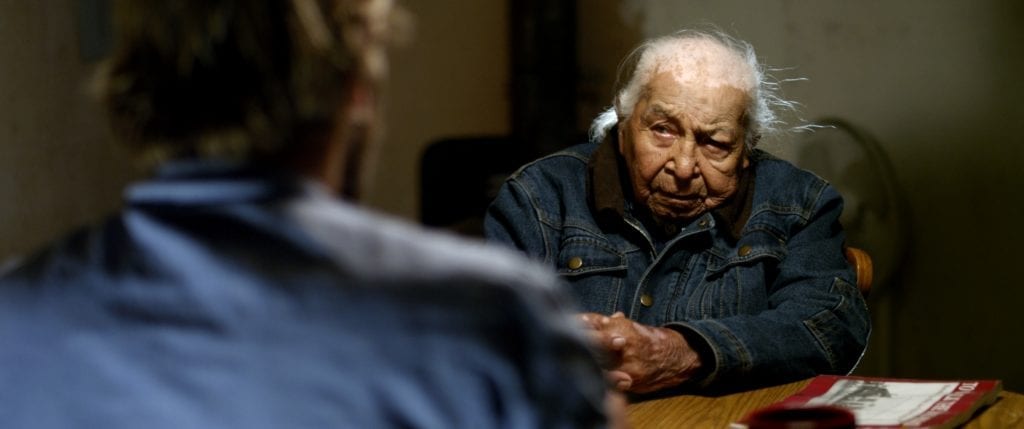
Writer Kent Nerburn (Christopher Sweeney) is a typical white do-good liberal. (Note: The novel the film is based on was written by Kent Nerburn, so we can expect that some autobiography is involved.) He has worked with Native American youth to get their stories on paper. When he gets the call to come to Pine Ridge, he doesn?t know what is expected of him, but he makes the 400 mile trip to meet with the 95 year old Dan (Dave Bald Eagle). Dan has a box of sayings and thoughts he wants made into a book. After trying briefly, he sees he?s over his head. While Dan seems to think Nerburn is the man for the job, Dan?s friend Grover (Richard Ray Whitman) is of the opinion that ?White people who work on the rez are mostly full of bullshit.? He is openly disdainful of Nerburn and his Project.
After Nerburn?s car breaks down after he tries to quit, he ends up on a road trip with Dan and Grover as they meet a range of people that portray the various woes that have befallen Native Americans?by church, government, armies. They eventually end up at Wounded Knee, the site of the 1890 genocidal massacre. Along the way Nerburn gets an understanding of what Dan has been through in his life and what his people have been through over a long history. From all that adversity Dan still finds blessing in the world around him.
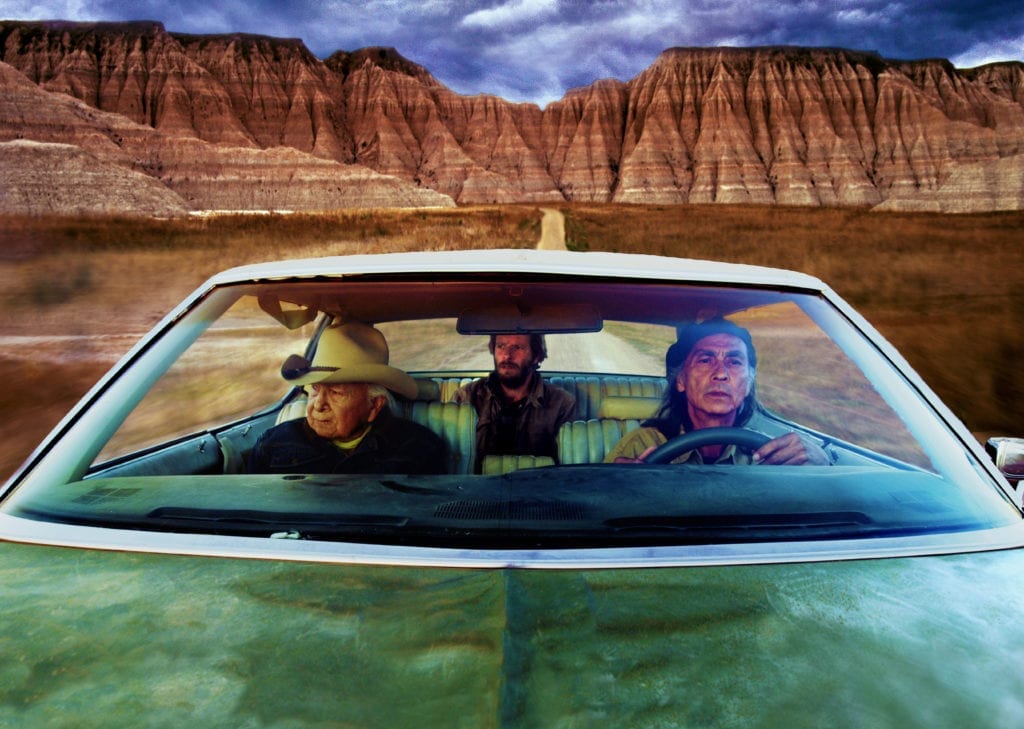
The scene at Wounded Knee is the highlight of the film, in part because at that point director Steven Lewis Simpson let Bald Eagle improvise with his own thoughts about that place and its meaning. It should be noted that Bald Eagle lost family in that massacre, so this is a very intimate and personal experience for him and for the film. (Also of interest, Richard Ray Whitman took part in the American Indian Movement?s occupation of Wounded Knee in 1973.)
This film has been around for a while. (I first saw it at the Greater Good [formerly Whitehead] International Film Festival in 2017.) It is a self-distributed film that has done well in a very limited distribution in places with Native American populations.
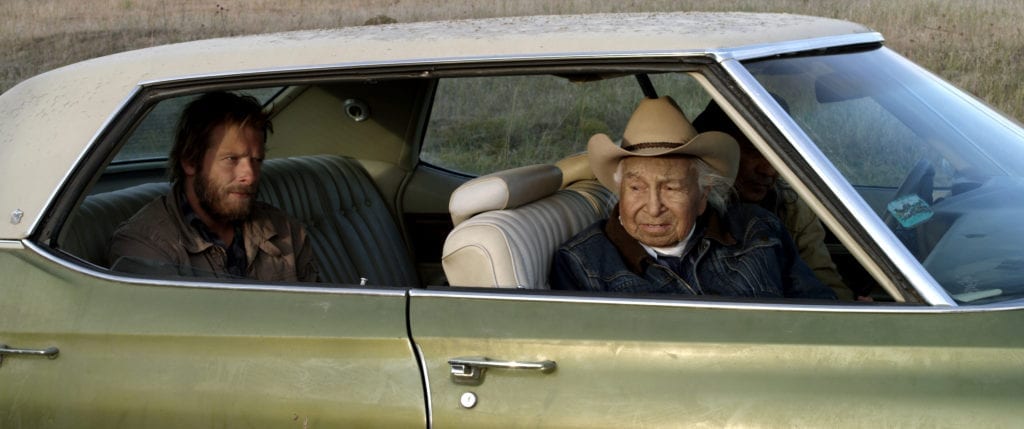
The film is an earnest attempt to show a culture that we may not have seen before. To be sure, the depiction of Native Americans by Hollywood has been wanting, and at times scandalous. That being said, I am left wondering to what extent this is an adequate picture of the Native American experience. Grover?s attitude about whites who come to the reservation echoes in my head when I remember that the author (who also adapted) and director are both white. Have they in fact captured the kinds of things that Native Americans want us to know? For all the insight the film provides (and it does a good job of giving a historical background), what I?d really like (and haven?t found) is a review of the film by a Native American. Perhaps that is just a reflection on my own discomfort at trying to review the film from a white perspective.
Photos courtesy of InYo Entertainment

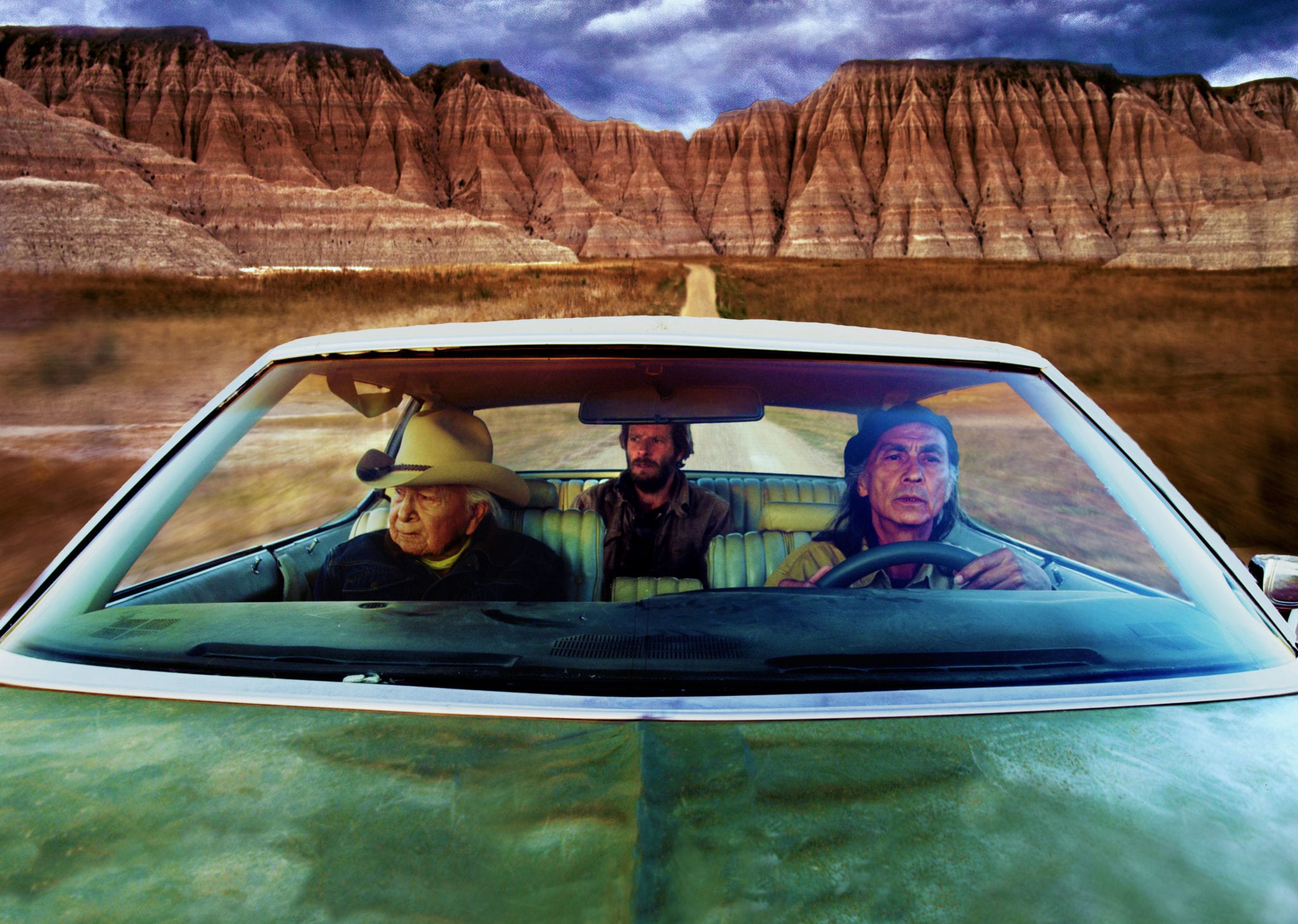

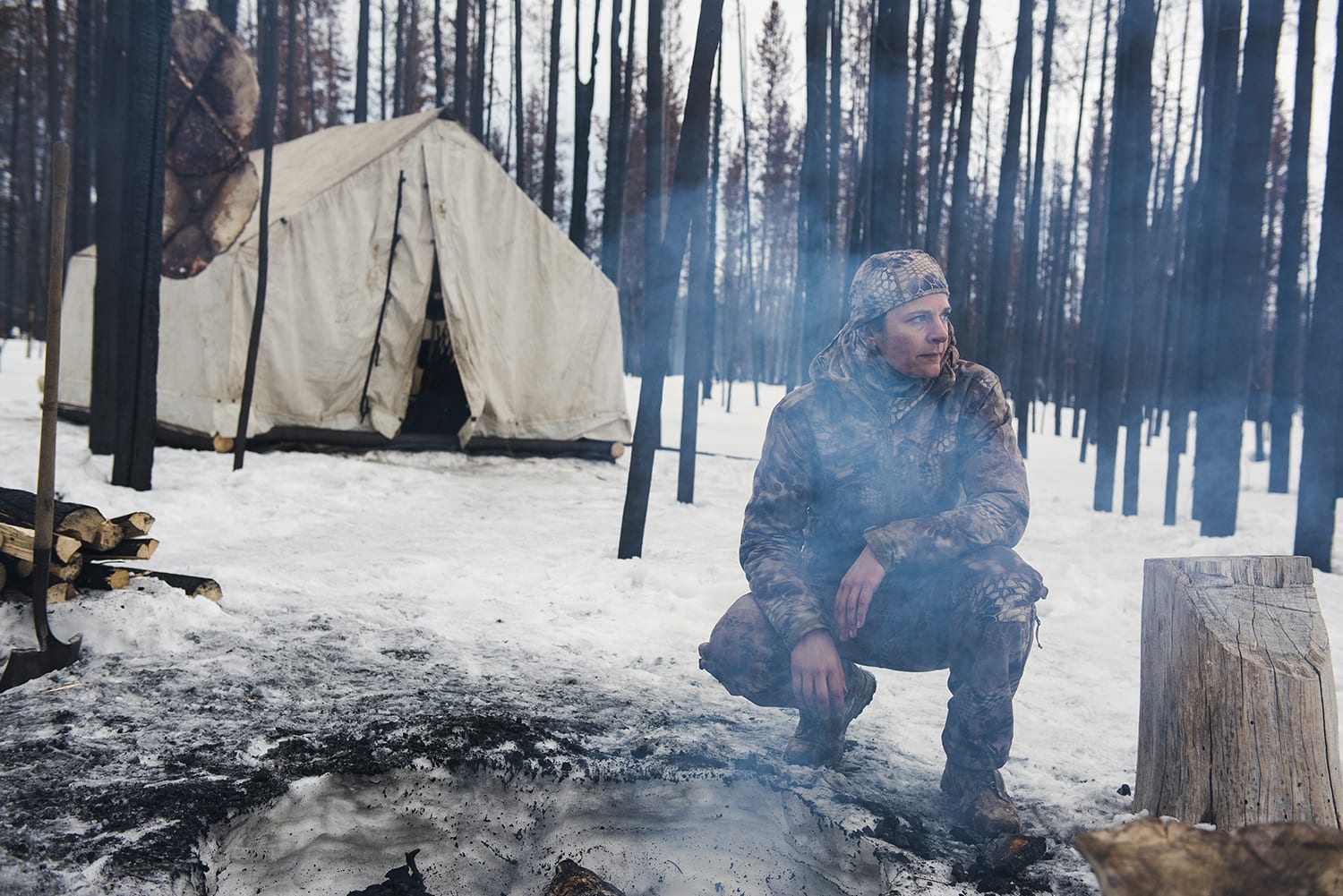

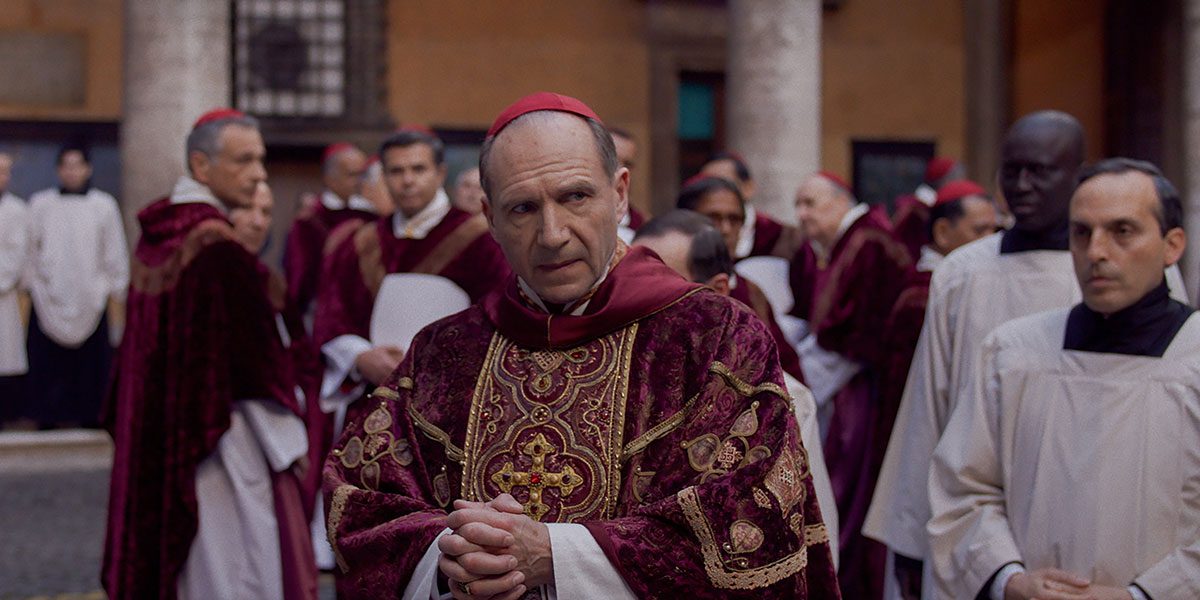
Choctaw reviewer Louis Fowler had the film as the best film of 2017 https://www.reddirtreport.com/rustys-big-screen/louis-fowlers-top-films-2017
Here is his original review https://www.reddirtreport.com/rustys-big-screen/neither-wolf-nor-dog-bury-white-savior-complex-wounded-knee
Thanks for that. It’s good to know.